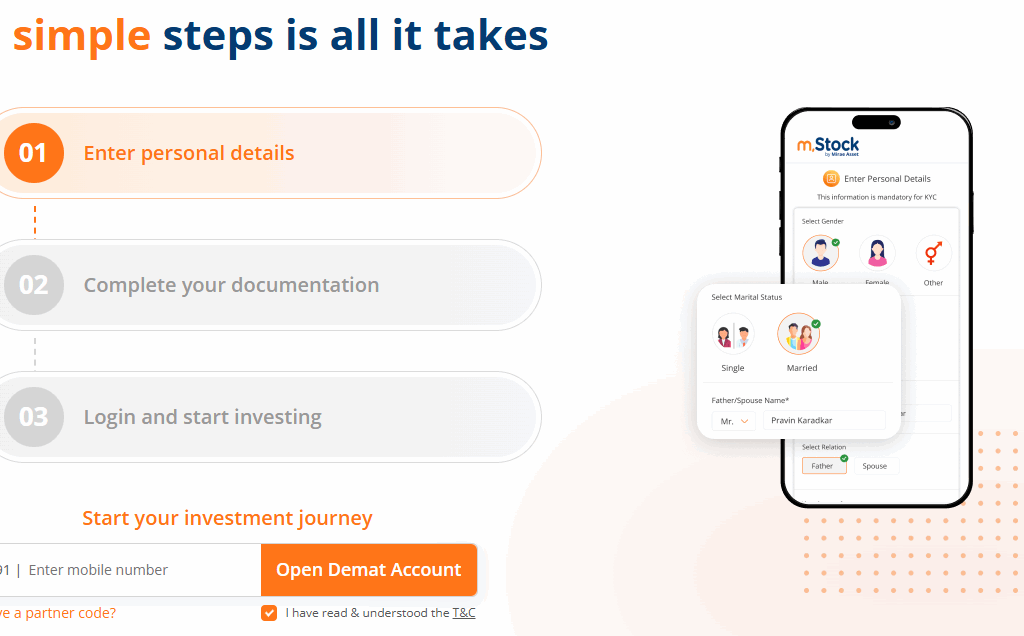1️⃣ Introduction:
The US HIRE Act 2025 is a proposed legislation aimed at penalizing American companies for outsourcing work to foreign firms, with a 25% tax on outsourced services. This bill directly affects Indian IT companies, as the US is their largest client market. Major firms like Infosys, TCS, Wipro, HCL Technologies, and Tech Mahindra could see revenue pressure, contract renegotiations, and operational cost increases. This report explores the impact, affected companies, strategies, and future outlook for India’s IT sector.
2️⃣ Overview of the HIRE Act 2025
Key Points:
- Objective: Discourage US companies from outsourcing jobs abroad.
- Provisions:
- 25% tax on payments to foreign service providers.
- Denial of tax deductions for outsourcing-related expenses.
- Exemptions only for national security or US-based subsidiaries.
- Goal: Protect domestic employment and reduce the US trade deficit.
Market Effect:
- Increased costs for US firms outsourcing to India.
- Potential slowdown in outsourcing deals.
- Added uncertainty for Indian IT exports.
3️⃣ India’s IT Sector Snapshot
Key Facts:
- Contribution to GDP: ~7.7%
- Exports: Over 50% of India’s IT exports are to the US.
- Employment: Directly employs ~4.5 million, indirectly supports millions more.
- Revenue: Indian IT exports ~USD 224 billion annually, with the US contributing the largest share.
Impact Summary:
- A US outsourcing tax can affect revenue streams.
- Job creation in India may slow down.
- Ancillary industries linked to IT may feel pressure.
4️⃣ Mechanism of the 25% Outsourcing Tax
- Current scenario: US company pays $100 for IT services.
- HIRE Act scenario: US company pays $125 (25% tax).
- Result: Reduced outsourcing contracts, higher service costs, and potential renegotiations.
Market Effect: Indian IT firms lose cost competitiveness against local US providers.
5️⃣ Indian IT Companies Potentially Affected
5.1 Infosys
- Revenue: ~61% from North America.
- Effect: Reduced outsourcing, margin pressure.
- Strategic Response: Increase focus on high-value services, automation.
5.2 Tata Consultancy Services (TCS)
- Largest Indian IT firm, heavily US-dependent.
- Effect: Potential slowdown in contracts, reduced profitability.
- Strategy: Diversification into Europe and Asia, innovation-led services.
5.3 Wipro
- Significant US exposure.
- Effect: Operational cost challenges, competitiveness pressure.
- Strategy: Automation, cloud services expansion.
5.4 HCL Technologies
- Strong US client base.
- Effect: Pricing pressure, contract renegotiation risk.
- Strategy: AI and digital transformation services.
5.5 Tech Mahindra
- US contributes major revenue share.
- Effect: Service cost competitiveness may reduce.
- Strategy: Partnerships, local US presence.
5.6 Cognizant
- US-headquartered but large Indian workforce.
- Effect: Dual exposure, balance cost efficiency in India and US.
5.7 Mid-sized Companies (Mindtree, L&T Technology Services, Persistent Systems, Birlasoft)
- Vulnerable to outsourcing slowdown.
- Effect: Increased competition, client renegotiations.
- Strategy: Diversify client base, enhance service value.
6️⃣ Industry-Wide Implications
6.1 Employment Impact
- Job losses in IT services.
- Reduced hiring and promotions.
- Impact on ancillary industries like BPOs, training institutes, and software vendors.
6.2 Revenue & Economic Impact
- Slower IT export growth.
- Potential forex earning reduction.
- Increased operational costs for US clients may reduce outsourcing volume.
6.3 Strategic Shifts
- Diversifying beyond US market.
- Enhancing automation and AI in IT processes.
- Local US operations to reduce tax impact.
7️⃣ Strategies for Indian IT Companies
- Market Diversification: Expand to Europe, Asia-Pacific, Middle East.
- Innovation & R&D: Cloud, AI, blockchain, cybersecurity.
- Cost Optimization: Automation, efficiency, process improvements.
- Local Presence: US offices to bypass outsourcing tax.
- Strategic Partnerships: Collaborate globally, talent development initiatives.
8️⃣ Potential Scenarios if HIRE Act Enacts
Short-Term (0–1 Year)
- Increase in US outsourcing costs.
- Renegotiation of contracts with Indian IT firms.
- Initial revenue pressure.
Medium-Term (1–3 Years)
- Shift to automation and AI adoption.
- Diversification of client base.
- Reallocation of workforce to high-value tasks.
Long-Term (3–5 Years)
- Reshaping of global IT outsourcing landscape.
- Potential decline in India’s IT dominance.
- Consolidation among smaller firms, emergence of niche players.
9️⃣ Opportunities Amid Challenges
- Premium Services: Cloud, AI, cybersecurity, data analytics.
- Niche Outsourcing: Specialized services with higher margins.
- Emerging Markets: Latin America, Africa, South-East Asia.
- Government Support: Incentives for IT firms to expand globally.
- Talent Upskilling: Prepare workforce for automation-driven tasks.
🔟 Conclusion
- The US HIRE Act 2025 poses a major threat to India’s IT outsourcing industry.
- Major companies like Infosys, TCS, Wipro, HCL, and Tech Mahindra are directly exposed.
- Adaptation is key: Diversification, automation, innovation, and local presence are critical.
- The legislation may or may not pass, but uncertainty itself impacts market strategies.
- Indian IT firms must proactively plan to sustain growth, remain competitive, and safeguard employment.
📌 Stock Market Disclaimer
- Disclaimer: This post is for informational and educational purposes only and does not constitute financial advice or a recommendation to buy/sell any stock or share. Investing in the stock market involves risk. Past performance is not indicative of future results. Always conduct your own research or consult a licensed financial advisor before making investment decisions.
- The information provided on this platform is for educational and informational purposes only. It should not be considered as investment advice, stock recommendations, or financial guidance.
- ⚠️ Stock Market Investments
- Investing in equities, derivatives, mutual funds, and other financial instruments involves market risks, volatility, and the possibility of capital loss.
- Past performance of stocks or indices is not indicative of future returns.
- Always conduct your own research or consult a SEBI-registered financial advisor before making investment decisions.
- ⚠️ IPO (Initial Public Offerings)
- IPO details, issue size, subscription data, and allotment status shared here are based on publicly available information from company filings, stock exchanges, and merchant bankers.
- Investing in IPOs carries risks including listing volatility, business uncertainties, and sector performance dependency.
- Neither acceptance of applications nor allotment guarantees profits. Investors should evaluate their risk appetite before subscribing.
- ⚠️ GMP (Grey Market Premium)
- Grey Market Premium (GMP) is an unofficial and unregulated indicator of expected IPO listing price.
- GMP data is collected from market observers and informal trading circles; it does not have any legal or SEBI recognition.
- GMP values are highly speculative and may differ significantly from actual listing prices. Investors should not rely solely on GMP while taking investment decisions.
- ✅ General Advisory
- We do not provide any buy/sell/hold recommendations.
- Readers and investors are solely responsible for their investment actions and decisions.
- This platform, its authors, and affiliates are not liable for any direct or indirect financial loss arising from the use of this information.
- 🔒 Always invest responsibly and diversify your portfolio.
Open Demat Account
by Mirae Asset (m,Stock)




